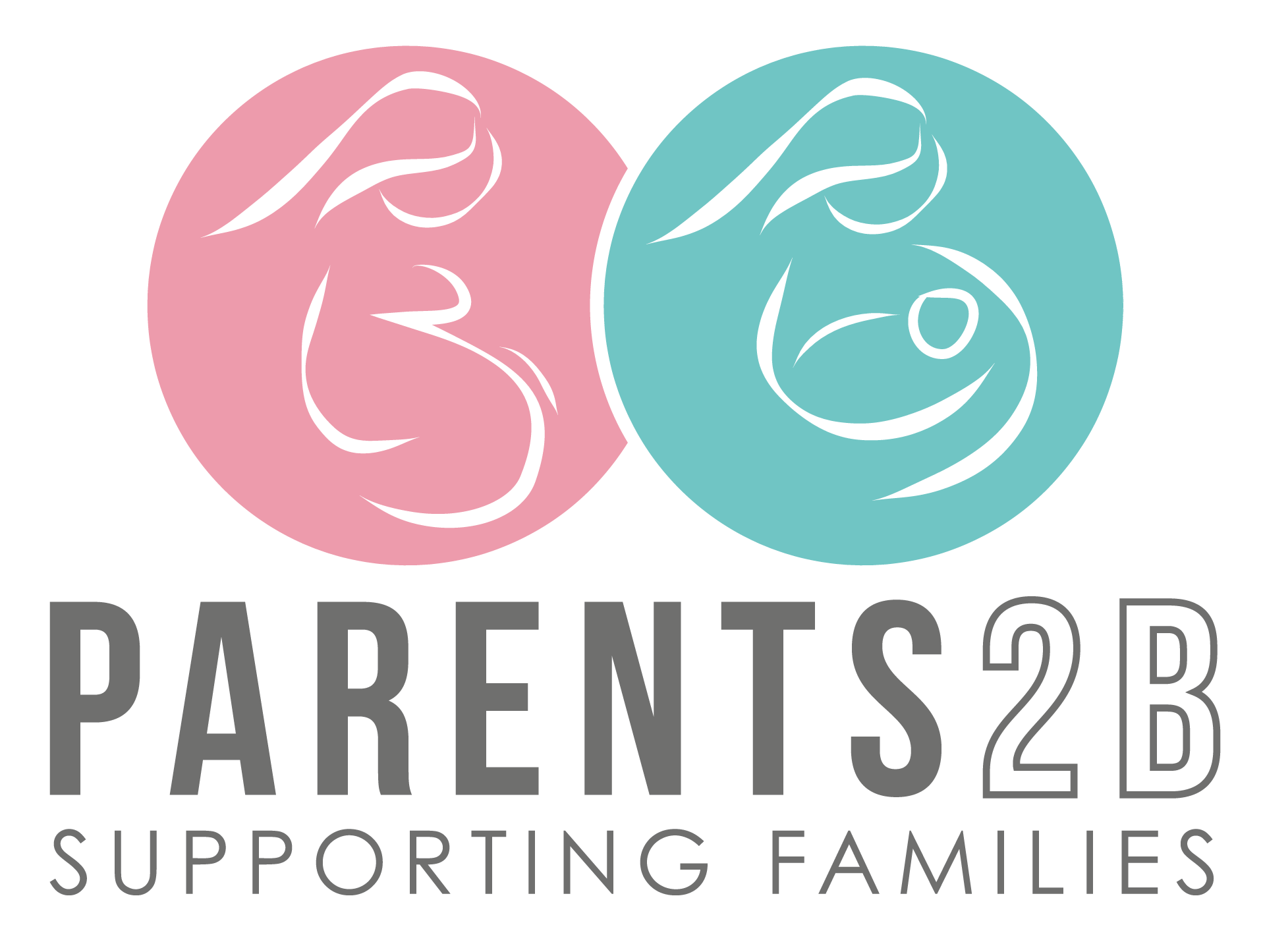
A quick chat about breastfeeding!
Recently P2B has been working with many mums having breastfeeding issues and many have been ‘block feeding’ and talking a lot about ‘fore and hind milk’!
Did you know that there are not 2 types of milk in your breasts?
There is breastmilk in your breasts.
There is not good, bad, watery, thin and thick milk … there is just breastmilk.
Your breasts do not have 2 chambers, so when the first one believed to be the foremilk is empty the second one with the hind milk does not automatically open.
You have breastmilk.
An interesting fact: Do you know how they make skim milk?
Before centrifugal separation, traditionally when you milk a cow, the milk comes out warm and fluid into the bucket. The fat was removed naturally from milk due to gravity and/or being chilled. If fresh milk is left to sit and settle, the cream — which is where most of the fat is — rises to the top, leaving behind milk with much less fat.
If you have pumped and put your milk in the fridge, you have noticed the same phenomenon. As the milk cools, the fattier, more opaque milk rises to the top and the bottom portion of the milk appears thinner, more translucent. Perhaps you would call this milk more “watery.” But it is not watery. It does not lack nutrients. It is just lower in fat.
We do not know the fat concentration of your milk when your baby feeds, nor do we know at the rate at which the milk gets fattier. Some babies get it immediately, for some babies it takes 20 minutes, others 45 minutes.
It can also depend on many factors including but not exclusive to your milk supply, the time of day and the last time you nursed.
What we do know is that your baby has had enough milk, they will release themselves from the breast.
And did you know that you can also never ‘empty’ a breast? This is what many mums believe is essential when feeding their little ones.
Breastmilk is like tears; it just keeps being made.
Demand = supply
As baby is drinking from the breast, your breast is already refilling.
Feeding your baby from both breasts each feed, with a rest and digest period in between will help regulate and maintain and stabilise your breast milk volume as well as reducing the risk of breast engorgement and mastitis.
For more information, research and evidence-based information on breastfeeding visit: https://www.thethompsonmethod.com/
WHO Recommendations infants should be exclusively breastfed for the first six months of life to achieve optimal growth, development and health. Exclusive breastfeeding means that the infant receives breastmilk (including mother’ own expressed breast milk) and allows the infant to receive oral hydration solution, drops, syrups (vitamins, minerals, medicines), but nothing else.
Thereafter, to meet their evolving nutritional requirements, infants should receive nutritionally adequate and safe complementary foods, while continuing to breastfeed for up to two years or beyond.
Australian National Breastfeeding Strategy 2019 and beyond / https://www.who.int/tools/elena/interventions/exclusive-breastfeeding
* The information contained in this website is for general information purposes only. The information is provided by Parents2b and while we endeavour to keep the information up to date and correct, we make no representations or warranties of any kind, express or implied, about the completeness, accuracy, reliability, suitability or availability with respect to the website or the information, products, services, or related graphics contained on the website for any purpose. Any reliance you place on such information is therefore strictly at your own risk.


0 comments
Write a comment